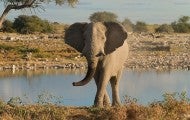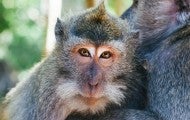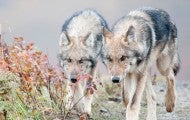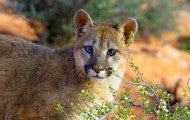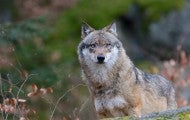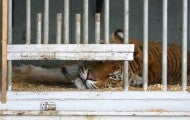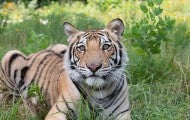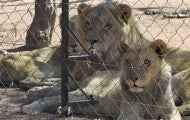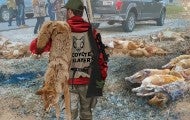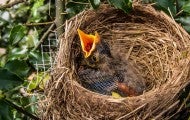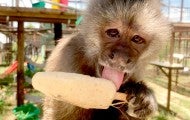At Black Beauty Ranch, titles like “caregiver” and “maintenance technician” don’t do the people who hold them justice, and they don’t capture the dozens of unique tasks the team carries out every day: figuring out how to get pine sap off a goat’s horn (rub it with peanut oil), learning how to “drag”...
Contents How many animals are used in experiments each year? Which animals are used in experiments? What kinds of experiments are animals used in? What kinds of institutions use animals in experiments? Where do laboratories get the animals they use in experiments? What is life like for animals in...
In an important grizzly bear recovery zone and wildlife corridor in Montana’s Yaak Valley, another 315 acres of vital habitat for grizzly bears and other wildlife are now a permanently protected safe haven. You can take pride in your support of a land trust that helps keep such wildlands safe for...
WASHINGTON—The National Academies of Science, Engineering and Medicine published a report yesterday analyzing the use of primates in experiments funded by the National Institutes of Health and examining “opportunities for new approach methodologies to complement or reduce reliance on NIH-supported...
Today, the U.S. Fish and Wildlife Service announced it would not be relisting wolves in the Northern Rocky Mountains under the Endangered Species Act, after the Humane Society of the United States, Humane Society Legislative Fund, Center for Biological Diversity and Sierra Club petitioned the Fish...
Every morning, the teams at Black Beauty Ranch spread out across 1,400 acres to care for the nearly 650 animals who call the sanctuary home. It’s not an easy task. The sanctuary is home to around 40 species, meaning caregivers need a high level of knowledge about all sorts of animals. Insights into...
